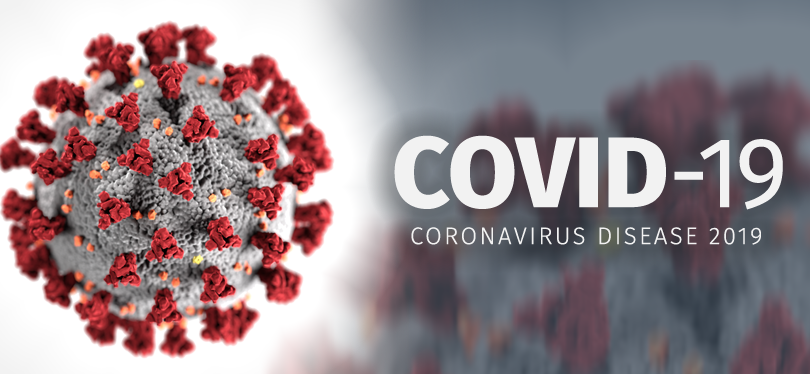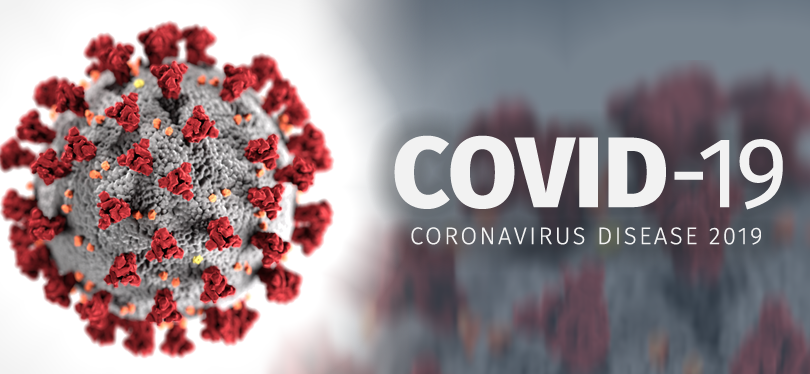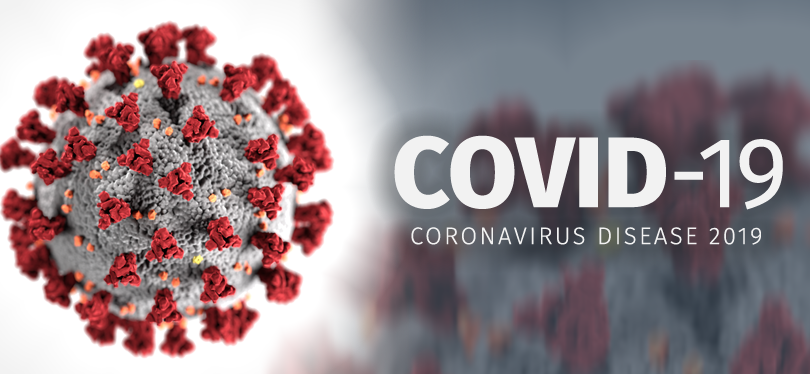Step Back on Studies and Experiments
Some investigators have been encouraged to finish their ongoing studies but not to start new ones, while others have been asked to stop most of their research altogether.
“At the University of Minnesota, we have stopped all breeding of commercially available animals, stopped all non-critical experiments and prevented researchers from starting new projects/experiments.”
The reason for this is simple: some facilities are severely restricting access to only essential workers excluding research staff to respect social distancing. Researchers also might be out either because they become sick or have to care for dependents. Therefore, the typical level of direction or expertise needed to manage the mouse colony will not be available. A breeding colony left unsupervised will multiply exponentially, might not be weaned on time leaving cages overcrowded, or there might not be enough space in the vivarium to separate the animals, leading to significant welfare concerns.
“At Indiana University, we are relying on the labs to take care of research treatments. If they cannot monitor or dose their animals, they will need to find a solution or stop the research”
PIs are thus asked to prioritize their colonies, cease bench work and non-essential research.
“While our mission at Fred Hutchinson is to support science and keep that going as normally as possible, our priority is to the welfare of the animals.”
SEE CLEARH2O’s WEBINAR RECORDING FROM 4/28/2020!
Carefully Manage the Animals
Some institutions have made it necessary to temporarily suspend animal research, and even to decrease colony size as reasonably as possible, and to temporarily stop placing new animal orders with their suppliers. PIs are asked to identify their irreplaceable models, strains, genotypes, or experiments, those becoming the priority for preservation. Some colonies are placed on maintenance, and some are directed to stop or pare down breeding of existing colonies. Mice that cannot be brought back from another supplier or from cryopreservation become the essential mice to keep.
The degree of mouse euthanasia differs broadly from one institution to another. NIH and the University of Minnesota have reported minimal reduction of their mice. In contrast, Victoria University has reported culling half of their mice, but aiming to keep all lines active at minimum numbers. Everything in between is observed, each institution is doing their best with the resources available to them while upholding the principals of comprehensive animal health and welfare.
To make animal rooms more manageable with a reduced staff, some modification to husbandry practices can help decrease the workload.
“At Texas Tech University Health Sciences Center El Paso, We've consolidated animal rooms where possible so we didn't have as many rooms to maintain”.
“Since University of Minnesota will be severely limiting our staff allowed on campus, we are moving to spot changes/cleaning”
Stopping routine full cage change and switching to spot checking (change the bedding only if dirty, refill water bottles only if almost empty, add food at the bottom of the cage…) can make the cage change process quicker, requiring less time and less personnel, while still keeping the mice in a clean and healthy environment.
Check out our blog series on Managing your Research Laboratory during a Pandemic:
Part I: How to Care for your Laboratory Staff and Facilities During a Pandemic
Part II: How to Care for Your Laboratory Mice during a Pandemic
Part III: How to take care of yourself during quarantine
Part IV: How to plan for rodent colony repopulation after a pandemic
PLEASE LET US KNOW HOW & WHAT YOUR LAB IS DOING IN THE COMMENTS BELOW!




Leave a comment
All comments are moderated before being published.
This site is protected by hCaptcha and the hCaptcha Privacy Policy and Terms of Service apply.